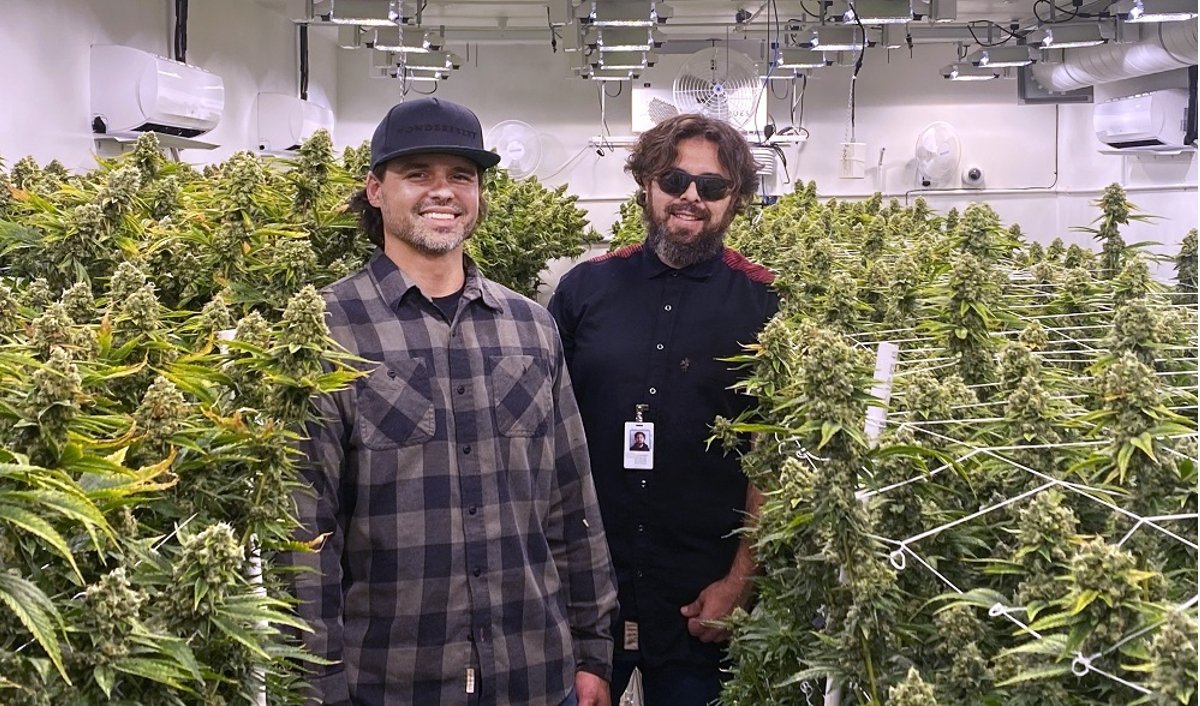CBD’s Evolution: From Weed to Wunderkind

CBD Evolution appears to be a novel concept to the majority of Americans. Most of us had never heard of it till a few years ago. Yet, if you check for it, you’ll discover studies dating back decades.
So, when exactly was CBD discovered? What exactly does CBD do, and why have we only recently learned about it? Because CBD’s Evolution is derived from cannabis, the answers are a strange mix of history, science, and moral fear. Hence, in the spirit of a superhero movie, let us tell the epic CBD genesis tale. This article will go over:
- How the Western world discovered — and criminalized – cannabis’s medicinal properties
- CBD discovery and its benefits
- The Evolution of CBD Legalization
- Innovative ways to commemorate CBD, such as National CBD Day 2021!
Explore the Contents
Cannabis and Its Opponents
Two major trends placed cannabis on its current route beginning in the nineteenth century. For example, scientists began dissecting ancient herbal treatments to see which components truly had the desired effect on the body. This effectively gave birth to the contemporary pharmaceutical industry: functioning substances could now be purified and metered more accurately for optimal benefit.
Yet, increasing potency may also indicate higher danger. Sigmund Freud himself was a major supporter! Then, whoops, it turned out to be addictive. This, in turn, fueled another 19th-century trend: an increasing crackdown on all types of intoxicants.
When the United States relaxed its alcohol prohibition, it tightened its grip on cannabis. The Marijuana Tax Act of 1937 prohibited the cultivation of hemp under any circumstances. The 1961 Single Convention on Narcotic Substances appeared to be the final nail in the coffin, identifying cannabis as a harmful, addictive narcotic with no redeeming qualities. The 1970 Controlled Substances Act in the United States quickly followed suit. Legal hemp production was dormant for a time.
Read More: Is THC Necessary for the Entourage Effect and CBD
CBD’s Discoveries
Other researchers went even further. Dr. Walter S. Loewe experimented with several cannabinoids on lab mice in 1946 and discovered that CBD’s Evolution did not appear to be intoxicating. Dr. Raphael Mechoulam, an Israeli scientist who has perhaps done more to advance cannabis study than anybody else, later corroborated this.
Mechoulam made that discovery in the 1960s, which was both the best and worst moment to do so. Cannabis use was on the rise as a result of its appeal among the counterculture. Yet,
The Evolution of CBD Legalization
The hippies eventually matured, and many of them became productive citizens, even leaders. Yet they never completely forgot about using marijuana. Several of them discovered that it could help with symptoms like nausea, discomfort, and glaucoma. This resulted in California legalizing medical marijuana in 1996, and a steady stream of other states has since followed suit.
Ongoing medical research was also revealing the source of these benefits. The pharmaceutical sector was likewise interested in the possible benefits of cannabis. In 1986, the FDA approved dronabinol, a synthetic version of THC, as a therapy for nausea and appetite loss. But, while its experts were hard at work in the lab, CBD received a significant boost in exposure from an unexpected source: a young American girl named Charlotte Figi.
Charlotte was born in 2006 with Dravet syndrome, a severe form of epilepsy. Her parents, looking for anything that could help, gave her a low-THC, high-CBD strain of cannabis, which significantly reduced her seizures.
The Figi family used the media in the early 2010s to advocate for broader access to cannabis in general, and CBD’s Evolution in particular. Because of this pressure, the 2014 U.S. Agricultural Bill contained a program that allows federally authorized cannabis cultivation for the first time in decades – as long as it doesn’t get people high. This resulted in a shift in terminology.





